Castellaro Lagusello
Castellaro Lagusello is situated near Mozambano (Mantua) and looks out on a small heart-shaped lake. Its waters have been the habitat of men since the middle age of bronze. Between 1976 and 1979, the archaeological excavations have brought to light the traces of a pile dwelling community at the "Fondo Tacoli", which was devoted to fishing agriculture and metallurgy, and many artefacts like needles hooks daggers matrices of fusion and pearls of amber. These last ones are very important because they were not of local origin surely and give evidence a flourishing commercial activity already in archaic times. UNESCO decided to inscribe Castellaro Lagusello on the World Heritage List so this area has not undergone much geomorphological changes.
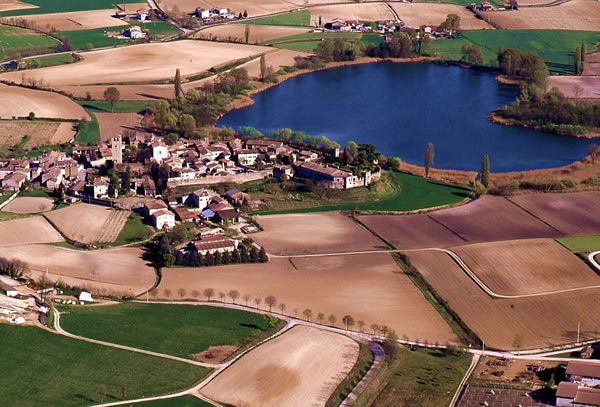
Castellaro Lagusello and its heart-shaped lake
Perhaps the heart-shaped glacial lake won the ancient populations that built a village on wooden piles here.
The pile dwellings were straw wood and reeds huts and built to the top of a wooden platform, which rested on piles fixed vertically into the lake shore. The site is reachable following the didactic-naturalistic route prepared by Mincio Park which has placed it in the protected area of Castellaro Lagusello Nature Reserve.
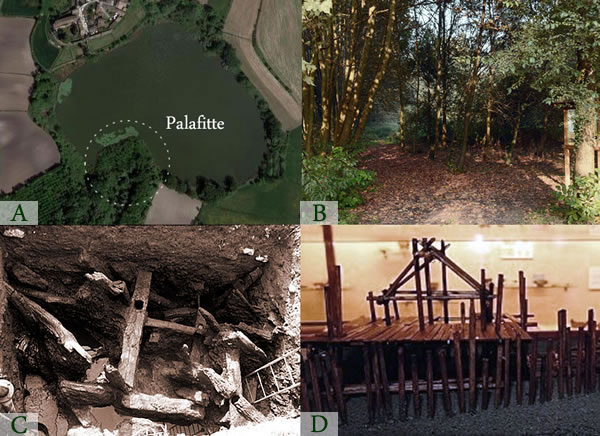
Mincio Park - A) pile dwelling village B) Admittance to the didactic-naturalistic route C) the archaeological excavations brought to light the traces of a pile dwelling village D) hypothetical reconstruction of a pile dwellings
Though the village is very small, it has had a strategic importance for its border privileged position between the possessions of the lords of Milan and the diocese of Verona before, the Duchy of Mantua and Republic of Venice then and again between the Cisalpine Republic of Napoleon and Austrian possessions in Venetia from the 15th to the 19th century. However, it seems that the first fortification built on the elevation looking on the lake in the 12th century is attributed to the noble Veronese family of the Scaliger and then passed from time to time to the powerful Gonzaga dynasty of Mantua, the Visconti of Milan and the Republic of Venice.

Castellaro Lagusello, Mantua – The village walls
The castle was no longer considered strategic in the 17th century, so the Venice Republic lent it to the Arrighi Earls, who found it in very bad repair and gave it to the Tacoli Marquesses long after. They built a real residence on the turret.
Piazza Castello (Castle square) maintain the medieval appearance as the village side looking on the lake was completely restored at the beginning of the 19th century.
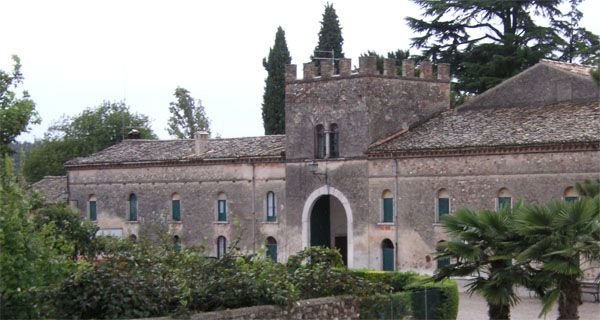
Castellaro Lagusello, Mantua – Piazza Castello (Castle square)
The Villa was also right in the historical scenery, in fact Napoleon Bonaparte stayed with his headquarters here in 1796, while Napoleon III chose to rest after the battles of Solferino and San Martino in 1859.
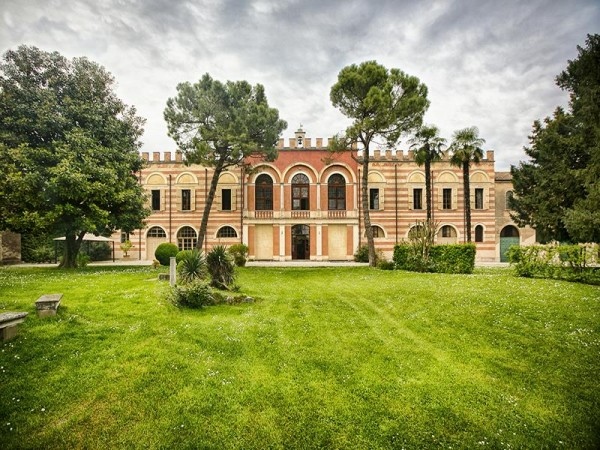
Castellaro Lagusello, Mantua – Villa Arrighi- Tacoli
The north gate of Castellaro Lagusello is main and dominated by the high "Clock tower", which had a drawbridge and the control of its was entrusted to a captain who protected the village in ancient times.
The people lived in the northern part of Castellaro Lagusello but the lord of the manor residence was in the other one near the lake.
There were twelve towers on the village walls. Today, there are only four and are joined by the communication trench for patrol, of which some stretches remain.
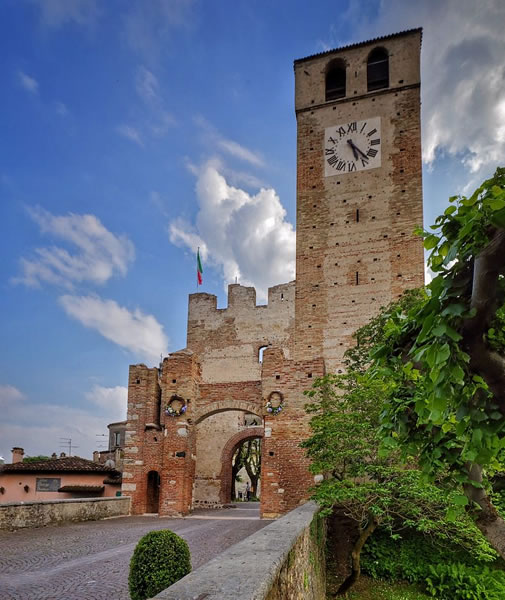
Castellaro Lagusello, Mantua – Clock tower
Even a small village like Castellaro Lagusello has its festivals: the spring market recured since some years with its peasants met to sell and buy animal like in ancient times. The event called "Ancient Fair of Santa Margherita" takes place in March and the alleyways and squares of the village are brought back to the animals of the courtyard and the stable; an occasion to present the products of the land and local gastronomy. It finishes with the "Palio della Margherita", which can take part confectioners or amateurs, and the award of the best Cake Margherita.
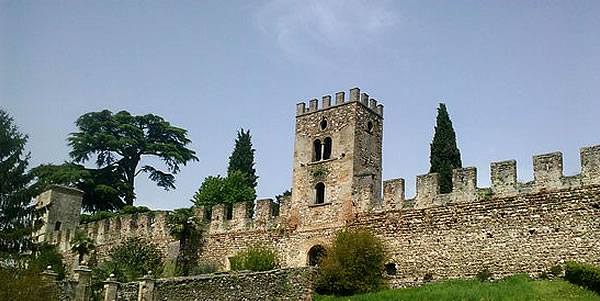
Castellaro Lagusello, Mantua – walls, 11th century
by M.L. ©ALL RIGHTS RESERVED (Ed 1.0 - 15/11/2017)



